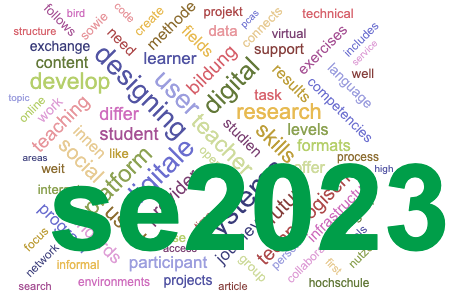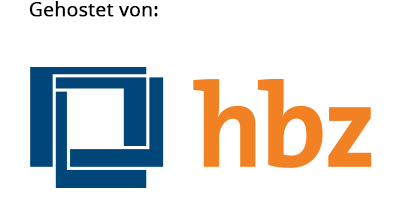Social VR as an approach to foster collaboration among scientists and educators within the networked infrastructure for education
Schlagworte:
Digitale Vernetzungsinfrastruktur für die Bildung, Social-VR, digital connectivity infrastructure for education, e-learning, social vr, virtual reality, virtual scientific academic conference;, virtuelle Realität, virtuelle wissenschaftliche KonferenzAbstract
Mit dem derzeitigen Aufbau einer zentralen Infrastruktur zur digitalen Vernetzung der Bildung will die Bundesrepublik Deutschland die zahlreichen, bestehenden Bildungsplattformen und -angebote technisch miteinander verknüpfen, um einen breiten, nutzerfreundlichen, personalisierten und selbstgesteuerten Zugang zu lebenslangem Lernen zu ermöglichen und die Zusammenarbeit aller Bildungsakteur:innen zu fördern. Dabei besteht eine zentrale Herausforderung darin, hierfür geeignete Technologien zu identifizieren, zu evaluieren, technisch zu vernetzen und didaktisch sinnvoll einzusetzen. Die vorliegende Fallstudie untersuchte Social Virtual Reality (Social VR) als potentiell geeignete Technologie für die wissenschaftliche Zusammenarbeit über die digitale Vernetzungsinfrastruktur. Eine virtuelle wissenschaftliche Konferenz wurde durchgeführt, um die wahrgenommene Passung zwischen Aufgabe und Technologie sowie die Technologieakzeptanz von Social VR in diesem Anwendungskontext zu erfassen. Die Teilnehmenden (N = 31) berichteten eine mittlere bis hohe wahrgenommene Eignung, Benutzerfreundlichkeit und Nützlichkeit der eingesetzten Social-VR, die wiederum zu einer hohen Intention für die zukünftige Nutzung der Technologie führte. Übereinstimmend mit bisherigen Ansätzen zur Integration von Modellen der Aufgaben-Technologie-Passung und Technologieakzeptanz sagte die Eignung der verwendeten Technologie die wahrgenommene Benutzerfreundlichkeit und Nützlichkeit voraus, die wiederum zu einer höheren Nutzungsintention der Social-VR führten. Diese Ergebnisse deuten darauf hin, dass Social-VR für kollaborative Bildungsprozesse im Rahmen von wissenschaftlichen Veranstaltungen angemessen und geeignet ist und sich deshalb für die Anknüpfung an die „Digitale Vernetzungsinfrastruktur für die Bildung" eignet. Übereinstimmend mit früheren Untersuchungen weisen die Ergebnisse jedoch gleichermaßen darauf hin, dass die verwendete Social-VR sowohl unter technischen als auch unter gestalterischen Aspekten weiterentwickelt werden sollte, um ihre Eignung und Nutzerfreundlichkeit weiter zu erhöhen.Downloads
Veröffentlicht
2023-09-11
Ausgabe
Rubrik
Beiträge



